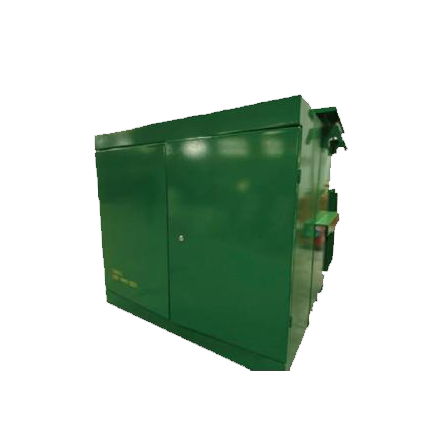Unmasking the Seven Silent Killers: An In-depth Look into the Types of Chemical Hazards
Chemical hazards are ubiquitous, lurking in our homes, workplaces, and the environment. They pose a significant threat to human health and the ecosystem. Understanding these hazards is crucial in mitigating their harmful effects. This article delves into the seven types of chemical hazards, providing a comprehensive overview of their characteristics, potential harm, and prevention strategies.
- Explosive Chemicals
Explosive chemicals are substances that can cause a sudden, violent release of pressure and heat when subjected to shock, friction, or ignition. Examples include dynamite, TNT, and ammonium nitrate. These chemicals pose a significant risk in industrial settings, and their mishandling can lead to catastrophic accidents. Safety measures include proper storage, handling, and disposal, along with adequate training for personnel.
- Flammable Chemicals
Flammable chemicals ignite easily and burn rapidly in the presence of heat, flame, or sparks. They are common in various industries, including automotive, pharmaceutical, and cosmetics. Gasoline, alcohol, and certain solvents are examples. Preventive measures include using flame-resistant materials, proper ventilation, and strict adherence to safety protocols.
- Oxidizing Chemicals
Oxidizing chemicals can cause or enhance the combustion of other materials. They include substances like hydrogen peroxide, nitric acid, and bleach. These chemicals can cause fires and explosions if not handled correctly. Safety measures include storing these chemicals away from flammable substances and using them in well-ventilated areas.
- Toxic Chemicals
Toxic chemicals can cause harm to humans and animals upon ingestion, inhalation, or skin contact. They include pesticides, heavy metals, and certain industrial chemicals. Chronic exposure can lead to severe health problems, including cancer, neurological disorders, and organ damage. Protective measures include using personal protective equipment (PPE), proper ventilation, and regular health check-ups.
- Corrosive Chemicals
Corrosive chemicals can degrade or destroy living tissues and materials upon contact. They include acids, alkalis, and certain salts. These chemicals can cause severe burns, eye damage, and respiratory problems. Safety measures include using PPE, proper storage, and immediate treatment in case of exposure.
- Irritant Chemicals
Irritant chemicals cause inflammation or irritation upon contact with body tissues. They include detergents, certain solvents, and dust particles. These chemicals can cause skin rashes, eye irritation, and respiratory problems. Preventive measures include using PPE, proper ventilation, and regular cleaning of work areas.
- Carcinogenic Chemicals
Carcinogenic chemicals can cause cancer or increase its risk. They include asbestos, certain dyes, and tobacco smoke. These chemicals can cause various types of cancer, including lung, skin, and bladder cancer. Preventive measures include reducing exposure, using PPE, and regular health screenings.
Conclusion
Understanding the seven types of chemical hazards is the first step towards creating safer environments. It is crucial to implement safety measures and adhere to regulations to mitigate these hazards. Remember, prevention is always better than cure, especially when dealing with these silent killers.

